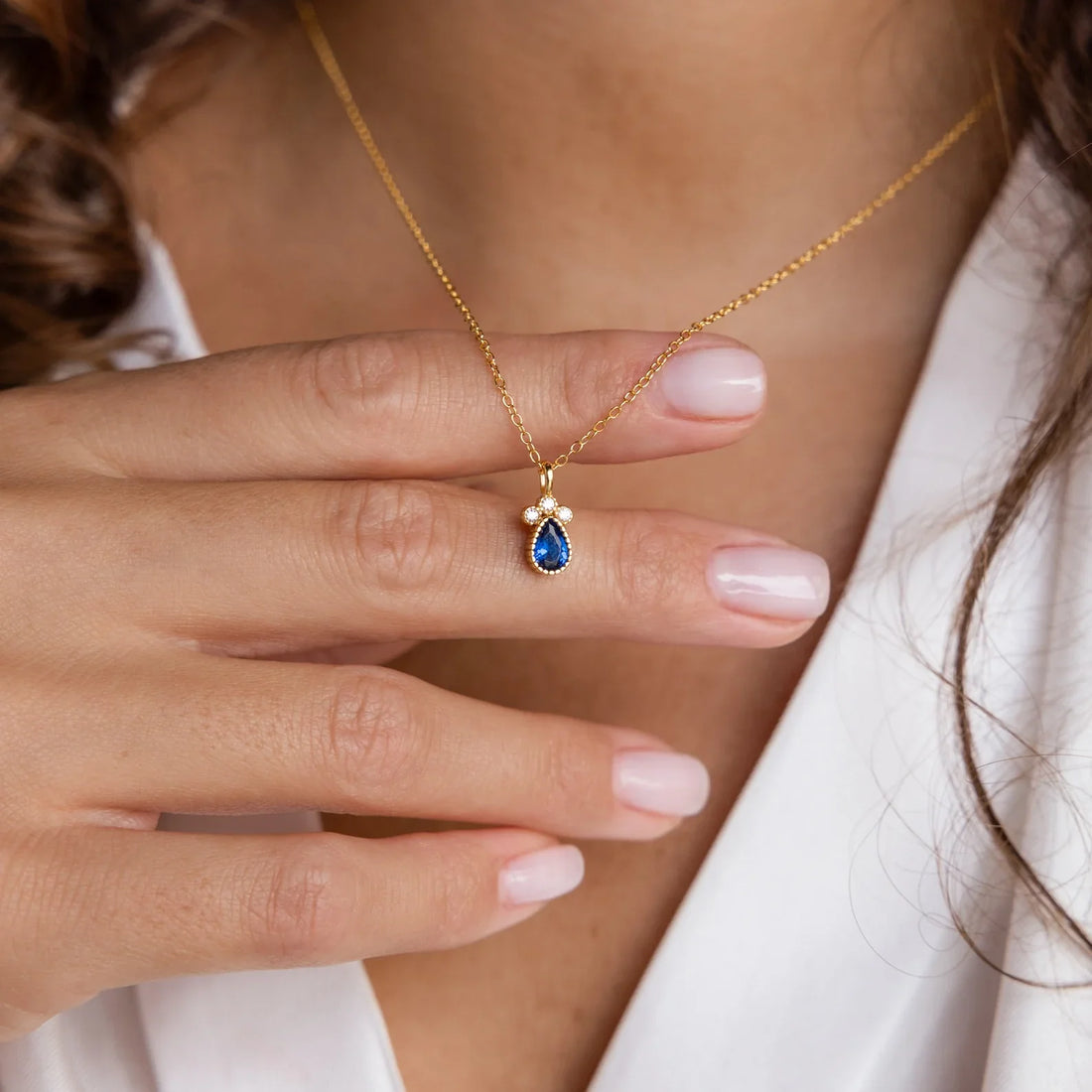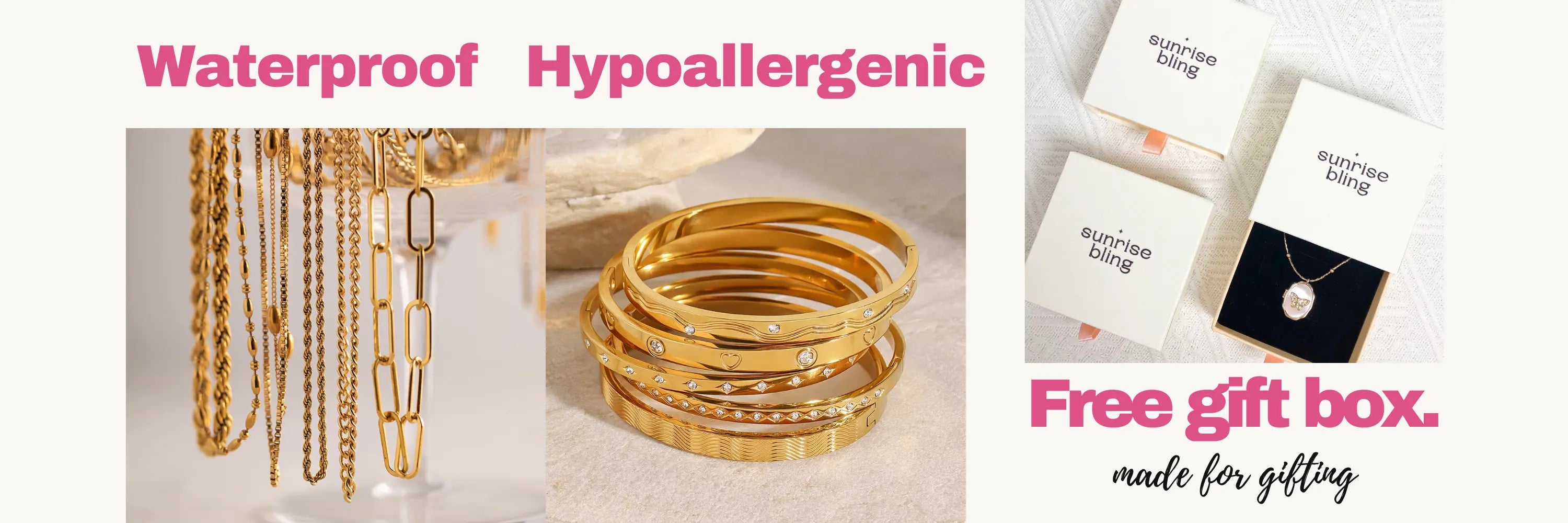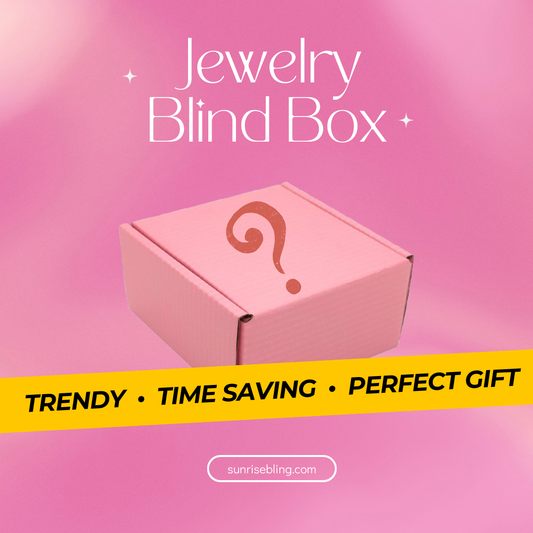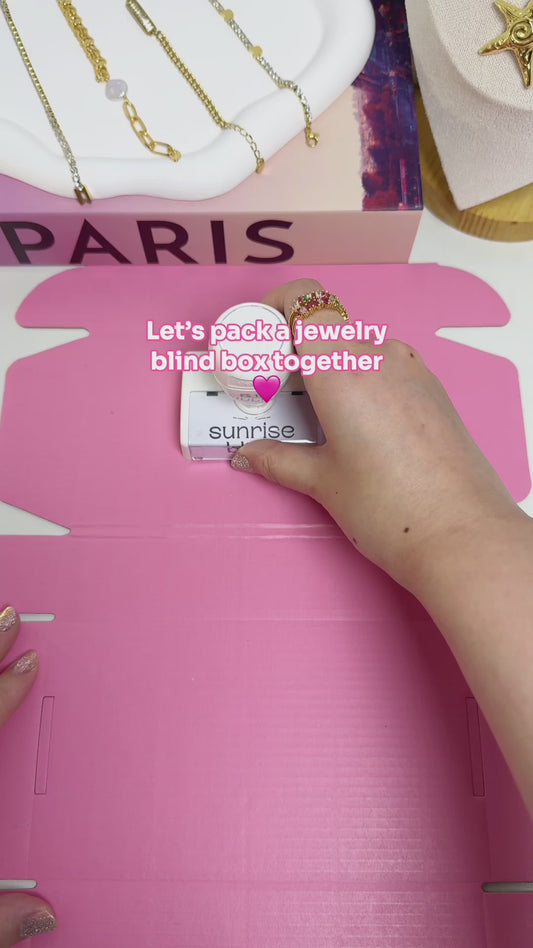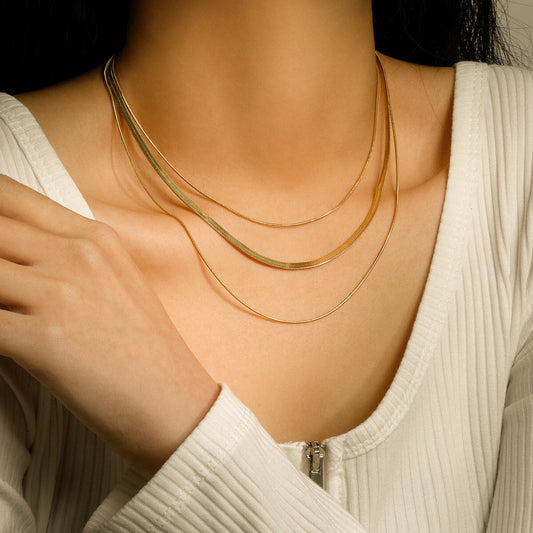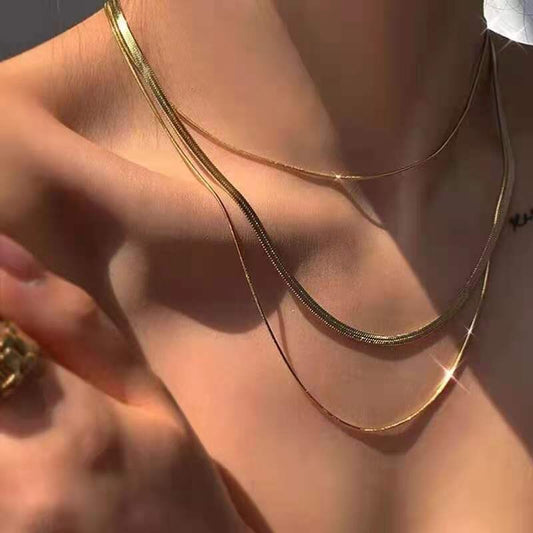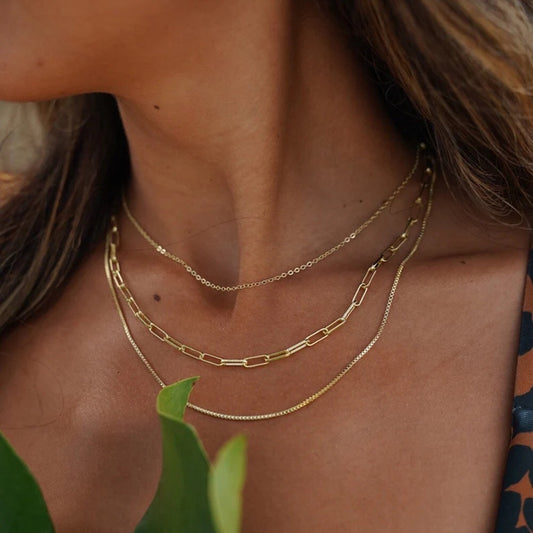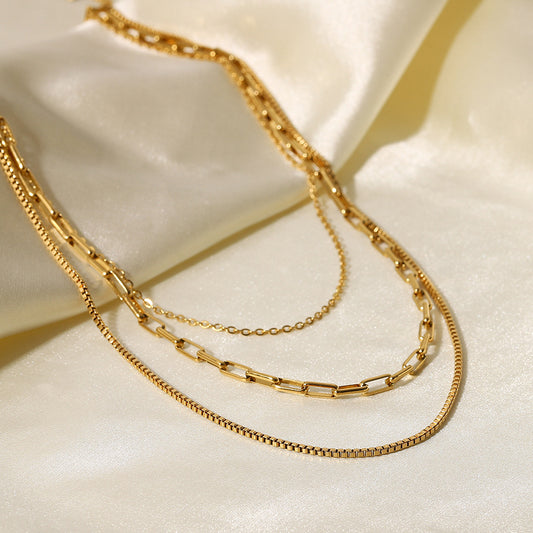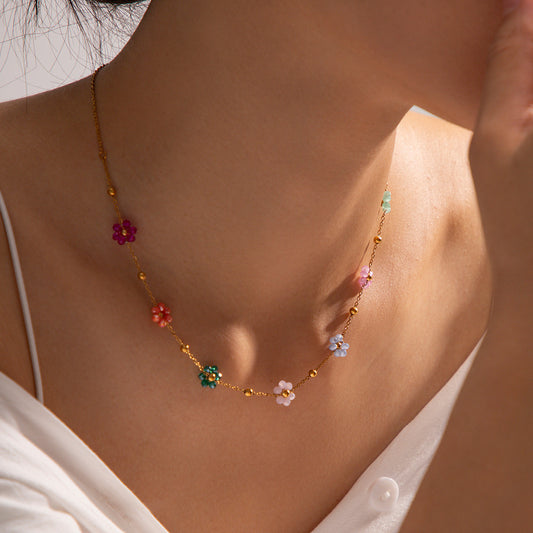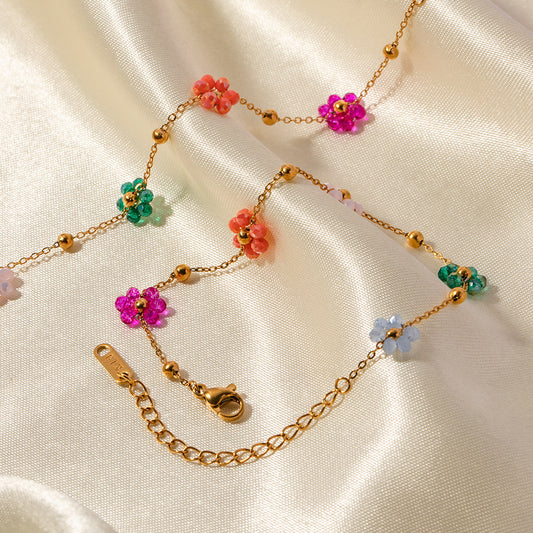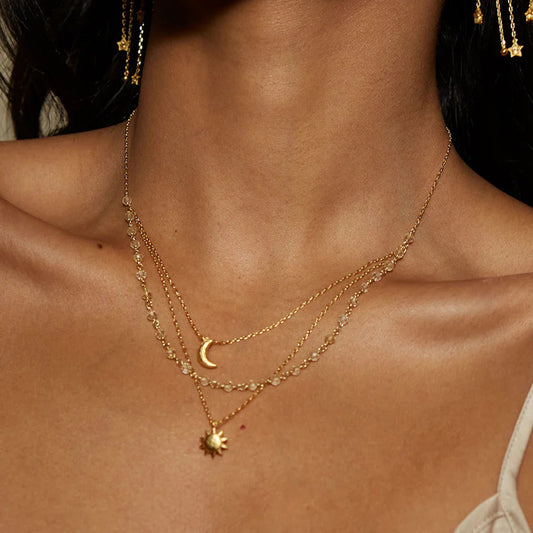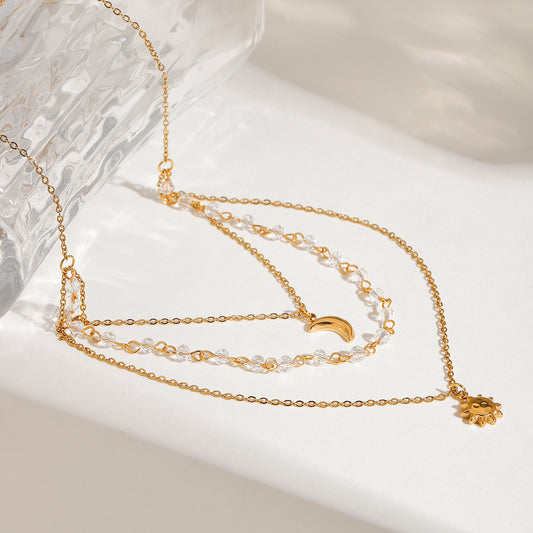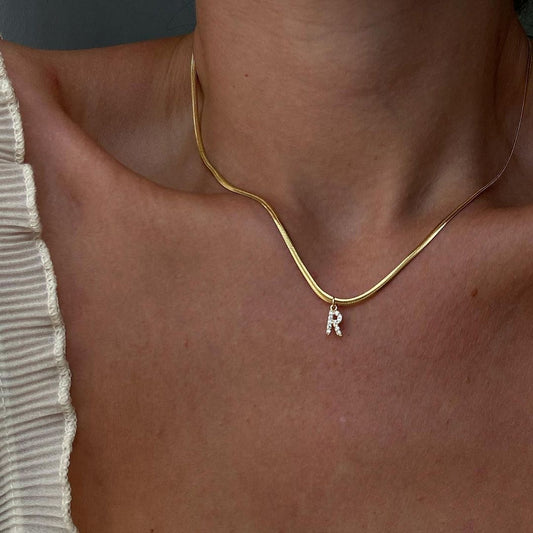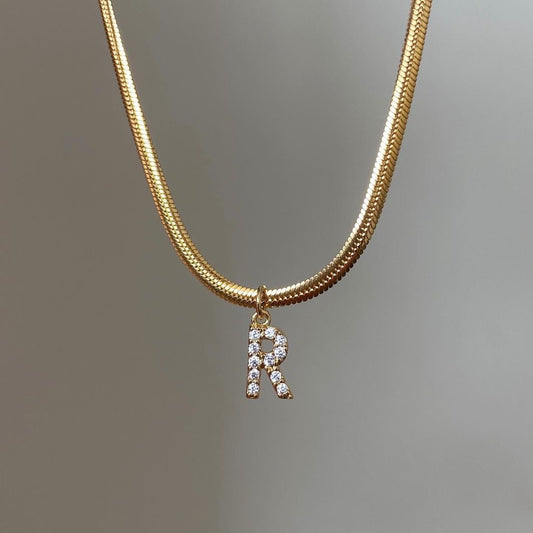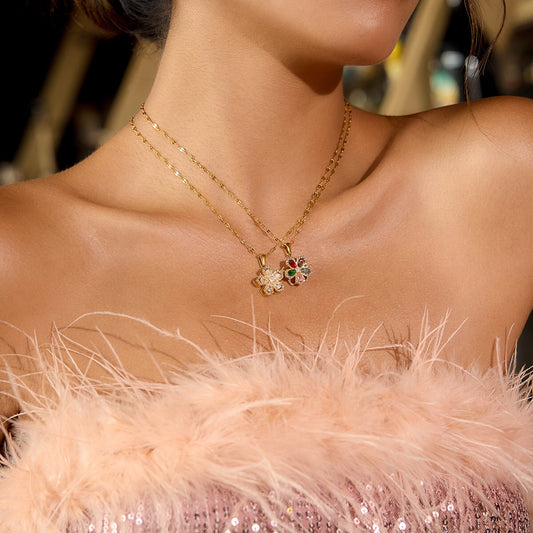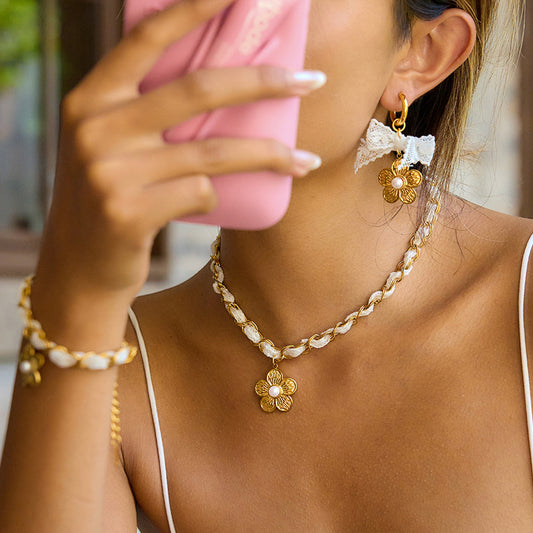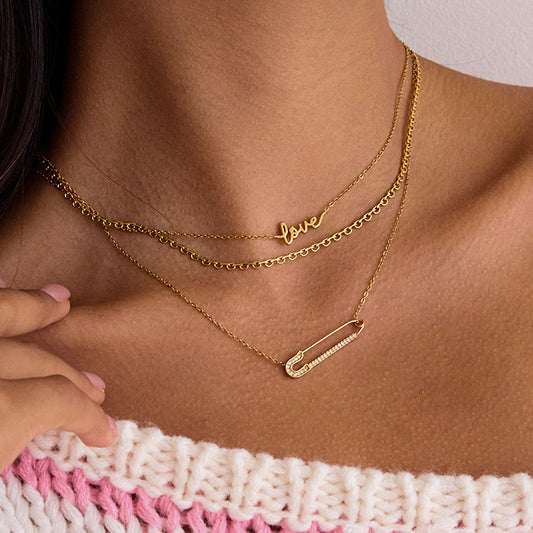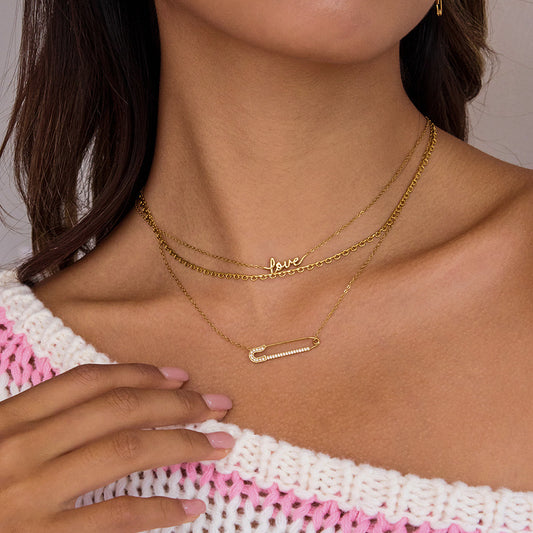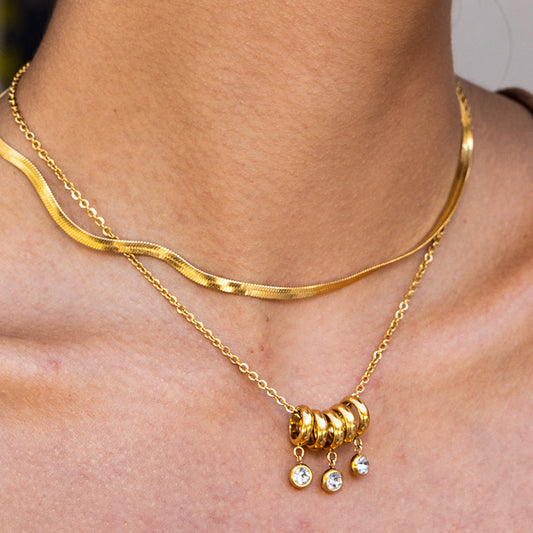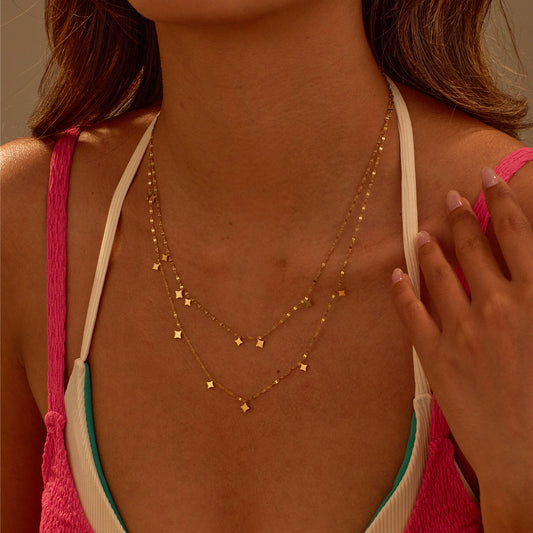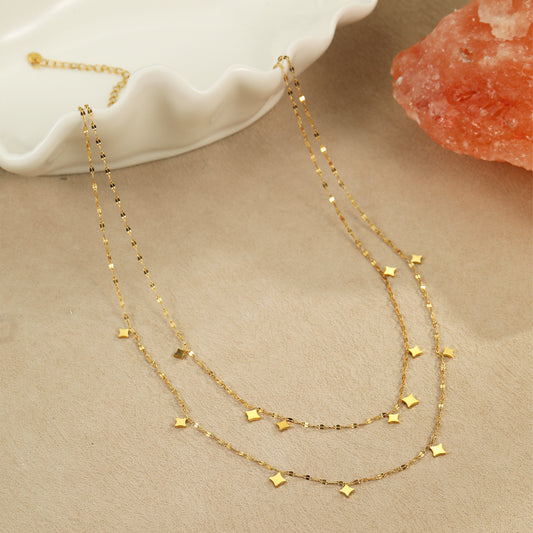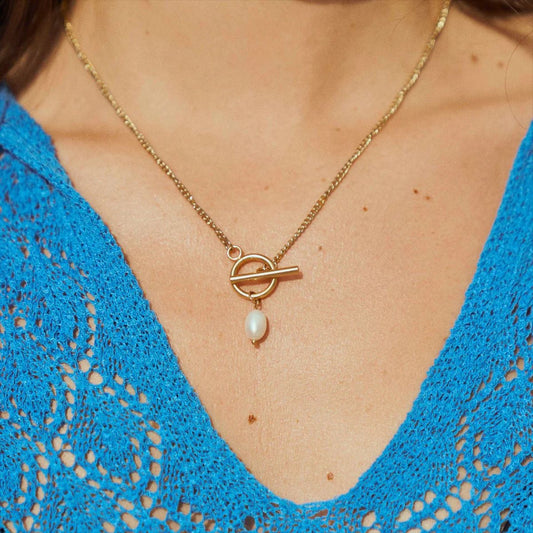Sapphire necklace has long captivated jewelry lovers with its "deep blue sparkle" and "timeless style," making it a cherished piece for both everyday elegance and special occasions. Sapphire Jewelry Market size is estimated to be USD 10.5 Billion in 2024 and is expected to reach USD 15.2 Billion by 2033 at a CAGR of 4.9% from 2026 to 2033. This enduring popularity stems from the sapphire’s rich blue hue (though it comes in other colors too) and its association with royalty, loyalty, and wisdom. Crafted in metals like white gold, yellow gold, or platinum, a sapphire necklace ranges from delicate pendants to bold statement pieces, each designed to highlight the gemstone’s "deep blue sparkle" while embodying "timeless style." Let’s explore why it remains a staple in fine jewelry collections.
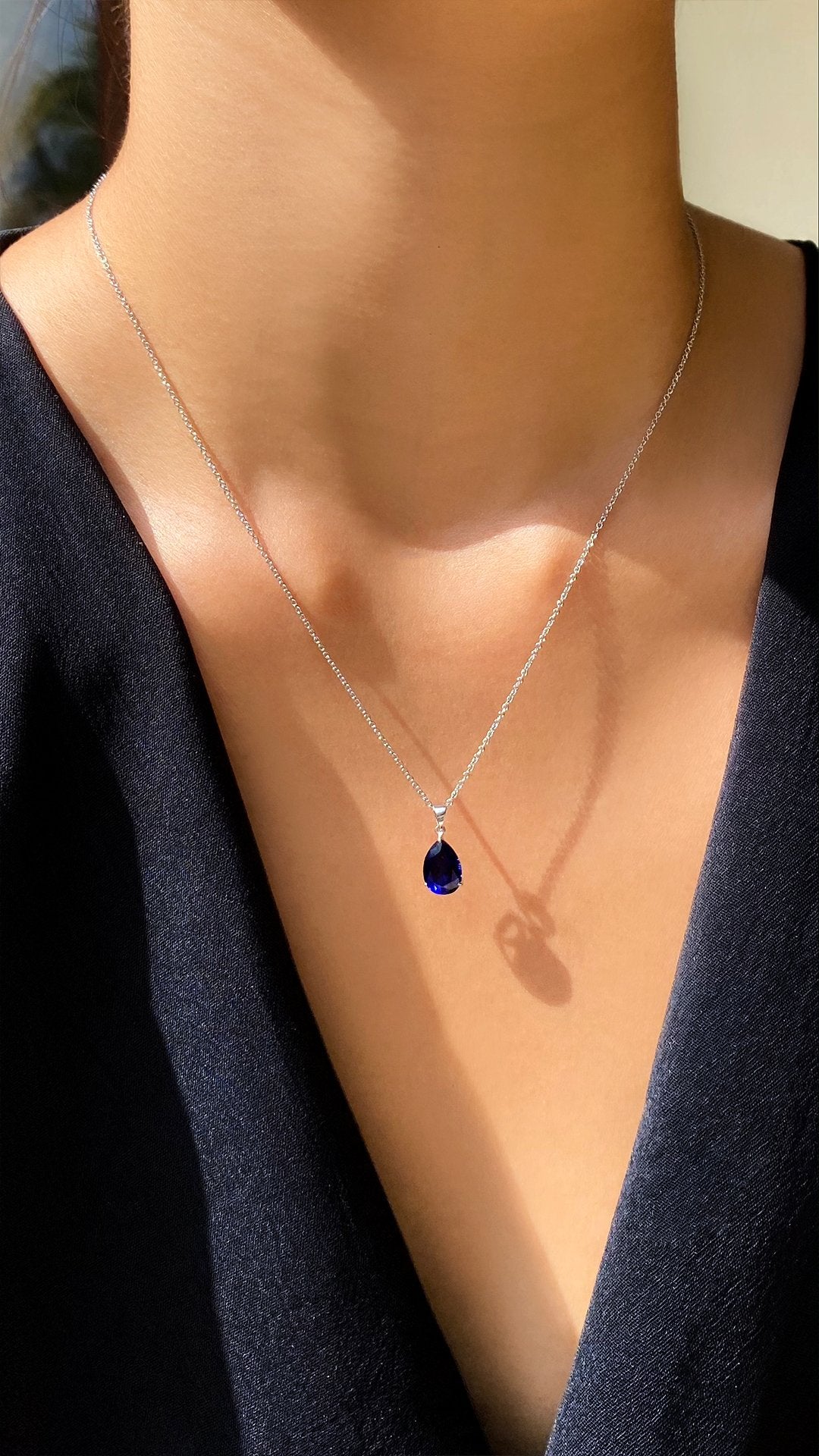
What is Sapphire Necklace
Definition and Core Features
A sapphire necklace is a jewelry piece centered around sapphires—precious gemstones from the corundum family, second only to diamonds in hardness (9 on the Mohs scale), ensuring durability and lasting "deep blue sparkle." Its defining feature is the presence of sapphires, which can be natural or lab-grown, set in a metal chain to adorn the neck with "timeless style." Key components include:
-
Sapphires: The focal point, with color ranging from deep royal blue (most iconic) to pink, yellow, or white (rare varieties). Quality is determined by hue (intensity), saturation (vividness), and clarity (absence of inclusions).
-
Chain: Crafted from precious metals (14K/18K gold, platinum) or high-quality base metals (sterling silver), with lengths from 16–24 inches to suit various necklines.
-
Setting: The metal framework holding the sapphires, such as prong (maximizes light exposure for sparkle), bezel (secure and sleek), or halo (surrounded by smaller diamonds to enhance brilliance).

Types of Sapphire Necklaces
-
Pendant Necklaces: A single sapphire (or cluster) on a chain, ranging from dainty (0.5–1 carat) to bold (3+ carats), ideal for daily wear.
-
Statement Necklaces: Oversized designs with multiple sapphires, often paired with diamonds or other gemstones, making them the centerpiece of an outfit.
-
Tennis Necklaces: A continuous line of identically cut sapphires (or alternating sapphires and diamonds), creating a seamless "deep blue sparkle"—popular for formal events.
-
Layered Necklaces: Delicate chains with small sapphire accents, designed to be stacked for a modern, layered look.
Sapphire Varieties
-
Natural Sapphires: Mined from locations like Sri Lanka, Madagascar, and Myanmar, valued for their rarity and unique color variations.
-
Lab-Grown Sapphires: Created in a lab with the same chemical composition as natural sapphires, offering identical beauty at a more affordable price.
-
Treated Sapphires: Most natural sapphires undergo heat treatment to enhance their color—a common, industry-accepted practice that doesn’t diminish their value.
Why is Sapphire Necklace so popular
"Deep Blue Sparkle, Timeless Style" Appeal
The primary allure is the sapphire’s "deep blue sparkle"—a rich, velvety hue that exudes sophistication and pairs beautifully with any skin tone. This iconic color, combined with the necklace’s "timeless style," makes it a versatile piece that transitions from casual to formal settings effortlessly. Unlike trendy colors, sapphire blue remains eternally chic, ensuring the necklace never feels outdated.
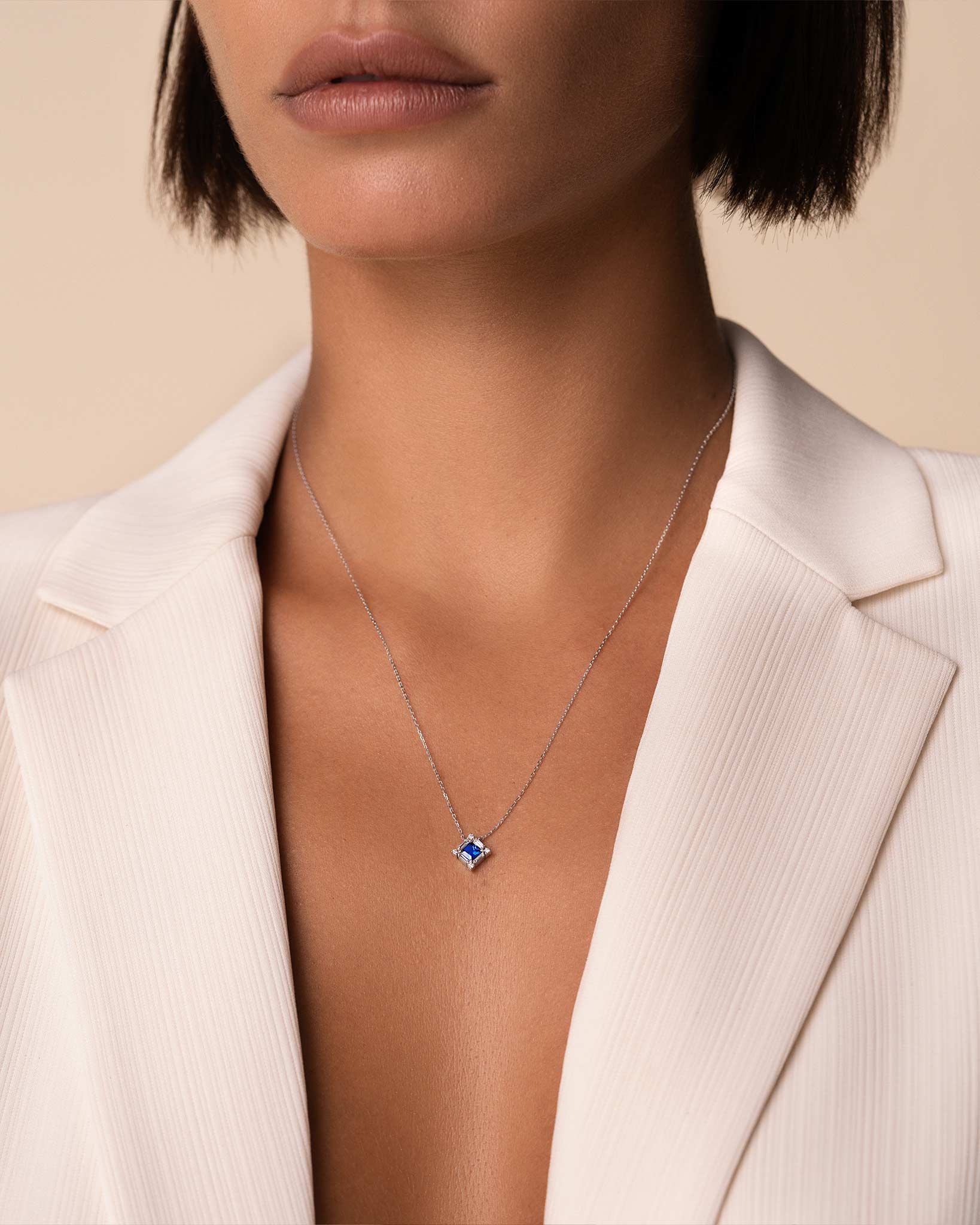
Symbolism and Meaning
Sapphires are steeped in symbolism: they represent loyalty, wisdom, and nobility, making a sapphire necklace a meaningful gift for loved ones. Historically, royalty (like Princess Diana and Kate Middleton) have worn sapphires, cementing their association with elegance and prestige. For many, a sapphire necklace also symbolizes strength and resilience, adding emotional depth to its beauty.
Versatility in Styling
A sapphire necklace adapts to any outfit and occasion:
-
A dainty sapphire pendant complements a t-shirt and jeans for everyday charm.
-
A sapphire and diamond tennis necklace elevates a little black dress for a gala.
-
A bold statement necklace adds drama to a wedding gown or evening wear.
It also pairs stunningly with other metals and gemstones—gold enhances its warmth, while diamonds amplify its "deep blue sparkle" for a luxurious contrast.
Investment Value
High-quality natural sapphires (especially untreated, vivid blue stones) retain their value over time, with rare specimens appreciating in worth. When set in precious metals, a sapphire necklace becomes both a fashion statement and a tangible investment, appealing to collectors and those seeking enduring value.

Popular styles of Sapphire Necklace
Minimalist Sapphire Pendant
-
Solitaire Sapphire Pendant: A 1-carat royal blue sapphire in a 14K white gold prong setting on an 18-inch chain. The simplicity lets the "deep blue sparkle" take center stage, perfect for daily wear.
-
Pear-Shaped Sapphire Pendant: A 0.75-carat pear-cut sapphire in a yellow gold bezel setting, adding a soft, feminine touch to the "timeless style."
Sapphire and Diamond Combination
-
Halo Sapphire Pendant: A 2-carat sapphire surrounded by a halo of small diamonds, set in platinum. The diamonds enhance the sapphire’s "deep blue sparkle," creating a luxurious look.
-
Sapphire and Diamond Tennis Necklace: A 17-inch white gold chain with alternating 0.5-carat sapphires and diamonds, offering a seamless blend of color and sparkle.
Statement Sapphire Necklace
-
Vintage-Inspired Cluster Necklace: A 1920s-style design with multiple sapphires (total 5 carats) and diamonds set in 18K yellow gold, evoking old-world glamour.
-
Geometric Statement Necklace: A modern design with sapphires in angular settings (hexagons, rectangles) paired with white gold, perfect for contemporary style.
Layered Sapphire Necklaces
-
Delicate Layered Set: Three thin chains (16–20 inches) with small sapphire accents (0.25 carats each) in mixed metals (gold, silver), ideal for stacking.
-
Charm and Sapphire Necklace: A gold chain with a sapphire pendant and symbolic charms (hearts, stars), blending personalization with "deep blue sparkle."
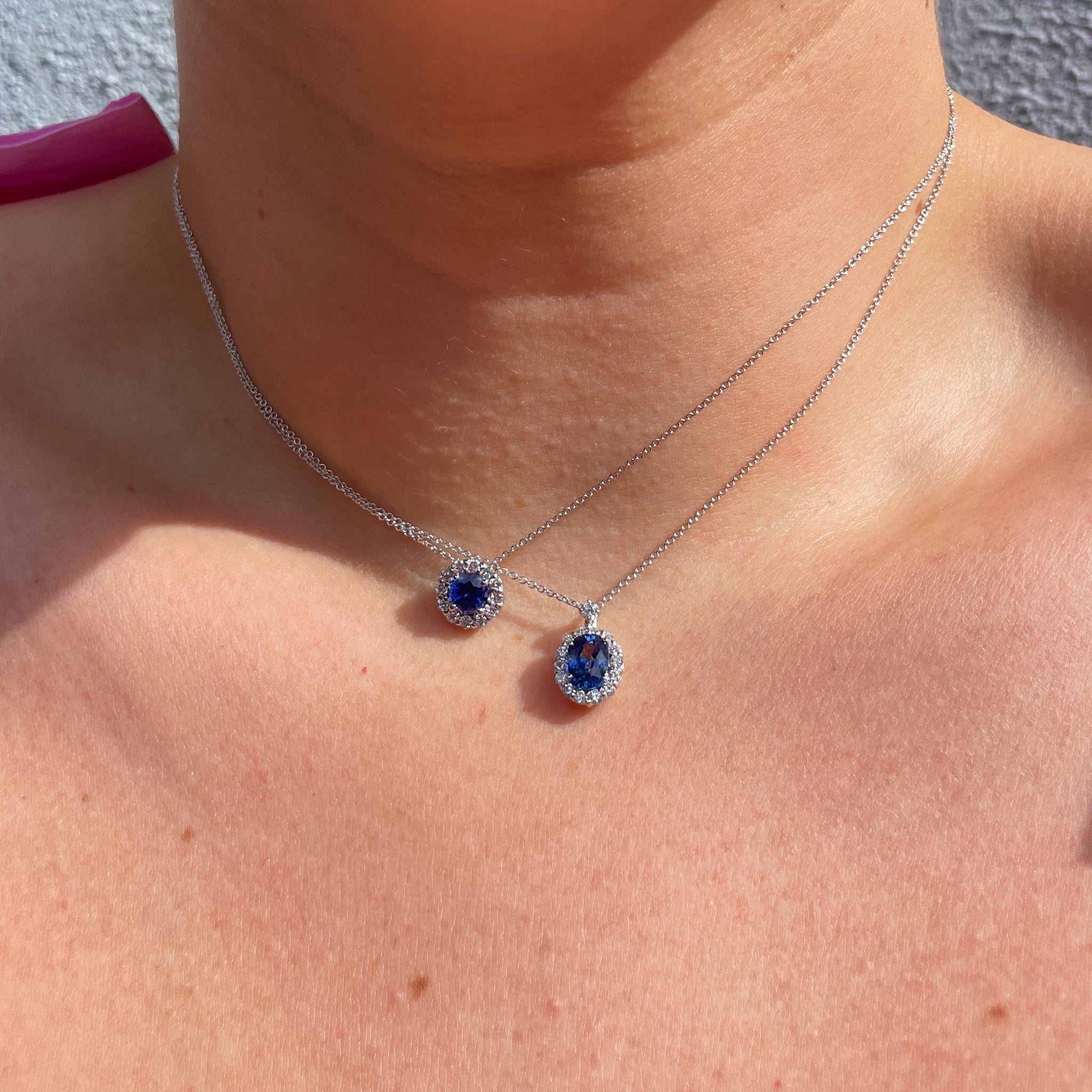
How to wear Sapphire Necklace
Everyday Casual
-
Jeans and a Blouse: A solitaire sapphire pendant (14K white gold) on a 16-inch chain complements high-waisted jeans, a crisp white blouse, and leather loafers. The "deep blue sparkle" adds a touch of elegance without overcomplicating the look.
-
Sweater and Skirt: A delicate sapphire and diamond pendant pairs with a chunky knit sweater, midi skirt, and ankle boots. The subtle sparkle elevates the cozy ensemble with "timeless style."
Professional and Office Attire
-
Blazer and Dress: A small sapphire pendant (0.5 carats) in a yellow gold setting works with a navy blazer, white shift dress, and pumps. It adds sophistication without being distracting in meetings.
-
Pantsuit: A sapphire and diamond tennis necklace (3 total carats) complements a gray pantsuit and silk blouse, blending professionalism with understated luxury.
Formal and Special Occasions
-
Evening Gown: A bold vintage-inspired cluster necklace (5+ carats) in yellow gold elevates a strapless red gown. The "deep blue sparkle" contrasts beautifully with red, creating a showstopping look.
-
Wedding Guest Outfit: A sapphire and diamond pendant pairs with a pastel pink or green maxi dress and metallic heels, adding a regal touch to the celebration.
Layered Styling
-
Mix Lengths: Layer a 16-inch sapphire pendant with an 18-inch diamond chain for a classic combination. The diamond chain amplifies the sapphire’s sparkle.
-
Metal Mix: Pair a white gold sapphire necklace with a yellow gold chain (no gemstones) for a modern, mixed-metal look that’s both trendy and timeless.
Sapphire Necklace: perfect gift for your wife
Symbol of Loyalty and Love
A sapphire necklace is a perfect gift for your wife because its "deep blue sparkle" symbolizes the loyalty and enduring love in your relationship. Sapphires have long been associated with commitment, making the necklace a meaningful way to honor your bond—ideal for anniversaries, birthdays, or just to say "I cherish you."
Tailored to Her Style
With styles ranging from minimalist to bold, you can choose a necklace that matches her personality: a delicate pendant for the understated wife, a tennis necklace for the lover of glamour, or a vintage-inspired piece for the romantic. This attention to her taste shows thoughtfulness and care.
Versatile for Her Lifestyle
Whether she prefers casual outings, professional events, or formal gatherings, a sapphire necklace fits seamlessly into her routine. She can wear it daily to feel cherished or save it for special moments, ensuring your gift brings joy for years.
Timeless Heirloom
A high-quality sapphire necklace is more than a gift—it’s an heirloom. It can be passed down to children or grandchildren, carrying with it stories of your love and creating a lasting legacy. Its "timeless style" ensures it will be treasured for generations.
How to clean Sapphire Necklace
Regular At-Home Cleaning
-
Mix warm water with a few drops of mild dish soap in a bowl.
-
Submerge the necklace and let it soak for 10–15 minutes to loosen dirt, oils, or perfume that dull the "deep blue sparkle."
-
Use a soft-bristled toothbrush to gently scrub the sapphire settings and chain links, focusing on crevices where grime accumulates. Avoid harsh scrubbing, as it can damage metal or loosen settings.
-
Rinse thoroughly under warm water, then pat dry with a lint-free cloth.
Enhancing Sparkle
-
For sapphires, a gentle polish with a microfiber cloth after cleaning restores their "deep blue sparkle."
-
For metal chains (gold, platinum), use a jewelry polishing cloth to buff away tarnish and restore shine—avoid contact with the sapphire to prevent scratches.
Storage Tips
-
Store in a padded jewelry box or soft pouch, separate from other pieces to prevent scratches (sapphires can scratch other gemstones).
-
Fasten the clasp to avoid tangling, and lay flat to maintain chain shape.
-
Remove before swimming, exercising, or applying lotion/perfume, as chemicals can damage both the sapphire and metal.
How much does a sapphire necklace cost
The cost of a sapphire necklace varies widely based on:
-
Sapphire Quality: Vivid blue, untreated natural sapphires cost \(500–\)5,000 per carat; lab-grown or treated sapphires range from \(100–\)1,000 per carat.
-
Metal Type: 14K gold adds \(200–\)500; 18K gold or platinum adds \(500–\)1,500.
-
Design and Accents: Pendants with a single sapphire start at \(300–\)1,500; tennis necklaces with multiple sapphires and diamonds range from \(2,000–\)20,000+; statement necklaces with rare sapphires can exceed $50,000.
On average, a mid-range sapphire pendant (1-carat treated sapphire in 14K gold) costs \(800–\)2,500, while high-end pieces (rare natural sapphires in platinum) start at $10,000.
Where to buy sapphire necklace
Reputable Jewelry Stores
-
Brick-and-Mortar Retailers: Stores like Tiffany & Co., Harry Winston, and local jewelers offer in-person shopping, allowing you to inspect the sapphire’s "deep blue sparkle" and ensure quality. Many provide certification (GIA, AGS) for natural stones.
-
Department Stores: Nordstrom, Saks Fifth Avenue, and Neiman Marcus carry curated collections from trusted brands, with options for every budget and style.
Online Retailers
-
Specialized Gemstone Sites: Blue Nile, James Allen, and Leibish & Co. offer extensive selections, with detailed photos, videos, and certification for transparency. They often provide customization (metal type, chain length).
-
Auction Houses: Christie’s and Sotheby’s sell rare, high-end sapphire necklaces (ideal for collectors), with authentication and provenance documentation.
-
Brand Websites: Designer sites (e.g., Cartier, Bulgari) feature iconic sapphire necklace designs, blending "timeless style" with luxury craftsmanship.
Tips for Buying Online
-
Verify sapphire certification (GIA or AGS reports) to confirm quality and authenticity.
-
Check return policies (preferably 30+ days) to ensure satisfaction.
-
Read customer reviews to gauge experiences with quality, shipping, and customer service.
Frequently asked questions about Sapphire Necklace
Are sapphires only blue?
No, sapphires come in a range of colors, including pink, yellow, green, and white. Blue sapphires are the most popular, but other colors (especially pink) are highly valued for their rarity.
How do I know if a sapphire is natural or lab-grown?
Certification from GIA or AGS will indicate if a sapphire is natural, lab-grown, or treated. Lab-grown sapphires are often labeled "created" or "lab-grown" and are more affordable than natural stones.
Can I wear a sapphire necklace every day?
Yes, sapphires are durable (9 on the Mohs scale) and suitable for daily wear. Choose a secure setting (bezel or prong) and avoid high-impact activities to prevent damage.
Do sapphire necklaces hold their value?
High-quality natural sapphires (vivid blue, untreated) retain value, especially in precious metals. Lab-grown or low-quality sapphires may depreciate over time.
How do I differentiate between a real sapphire and a fake?
Real sapphires are hard (scratch glass) and have a rich, even color. Fakes (glass or cubic zirconia) may have uneven coloring or scratch easily. Certification from a reputable lab is the best way to confirm authenticity.
Conclusion: Sapphire Necklace – Deep Blue Sparkle, Timeless Style
Sapphire necklace truly embodies "deep blue sparkle, timeless style," blending rich color, symbolic meaning, and versatile elegance into every design. It’s more than a piece of jewelry—it’s a symbol of loyalty, a celebration of sophistication, and a reliable way to elevate any outfit. As a gift for your wife, it’s a gesture that speaks to your enduring love and appreciation for her unique style.
Ready to embrace "deep blue sparkle, timeless style"? Explore our collection of sapphire necklaces today, from delicate pendants to luxurious statement pieces. Each necklace is crafted to highlight the sapphire’s natural beauty, ensuring it shines brightly for years to come. Shop now and find the perfect sapphire necklace to add a touch of elegance to your collection—or hers.

